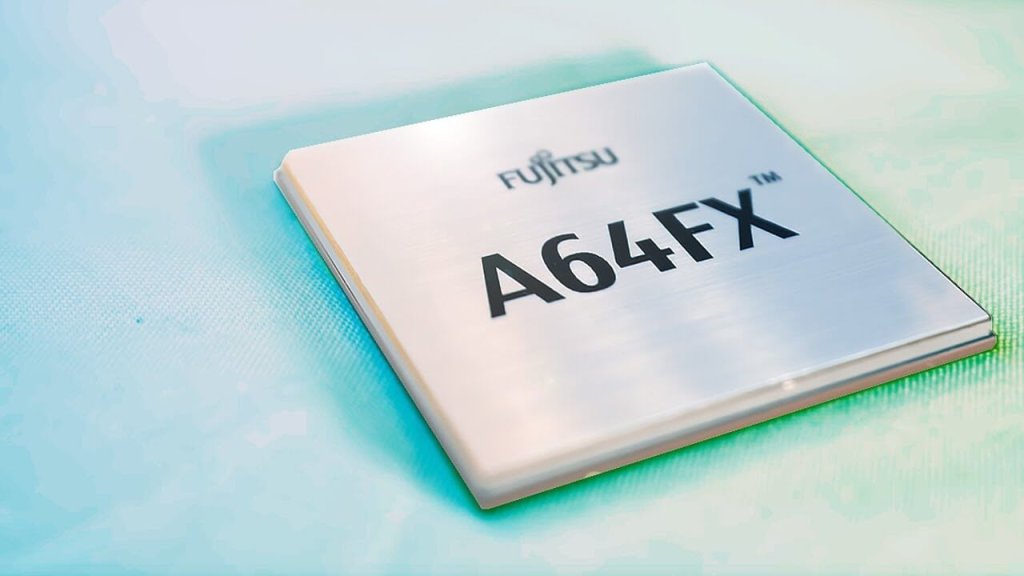Intel and AMD practically dominate the processor chip market in desktop CPU space, server-grade CPUs, HPC (high-performance computing) ventures, and much more. However, Japanese tech giant Fujitsu with its latest release (Fujitsu A64FX) appears to threaten that dominance.
The Fujitsu A64FX, the only ARM-based processor designed for HPC projects and supercomputers from scratch, will soon be deployed to Sandia National Laboratories. This 2.2GHz CPU has 48 cores, a combined 3.38 TFLOPS, and 32 GB HBM2 ram.
Fujitsu A64FX Specifications
| Category | Details |
|---|---|
| Instruction Set Architecture | Armv8.2-A SVE (512-bit wide SIMD) |
| Number of cores | 48 computing cores, 4 assistant cores |
| Memory | 32GiB (HBM2) |
| Process Technology | 7 nm FinFET |
| Number of Transistors | About 8.7 billion transistors |
| Peak Performance (TOPS) | Double precision (64 bit) floating-point operations: over 2.7 TOPS (DGEMM(2) execution efficiency over 90%) Single precision (32 bit) floating-point operations: over 5.4 TOPS Half precision (16 bit) floating-point operations/16 bit integer operations: over 10.8 TOPS 8-bit integer operations: over 21.6 TOPS |
| Peak Memory Bandwidth | 1024 GB/second (STREAM Triad execution efficiency over 80%) |
What makes the A64FX very remarkable is that it has much higher bandwidth capacity (up to 1 TB /s) between the memory and the CPU. The biggest challenge so far has been transferring data to and from the CPU and this technology will easily help to solve it.
Also Read: AMD has Announced New Affordable Ryzen 3 Processors
Because it’s just a general-purpose CPU when it comes to efficiency per watt it even surpasses AMD and Nvidia GPUs. It was intended primarily to power Japan’s supercomputer, K, but Fujitsu also plans to track it down to hyperscalers and giants in cloud computing to make it available to the masses.
The successor of the Fujitsu A64FX, the Fugaku, is projected to be 100 times more strong and hit a whopping 400 petaflops, reportedly. This aims to fuel the first supercomputer with over half a million processors and will reach one exaflop.

